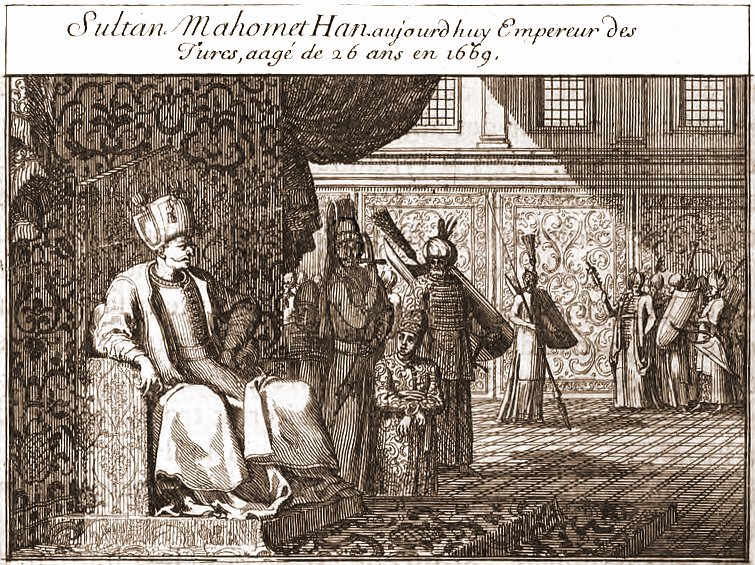On the history of the Crimean Tatar diplomacy
In 1067 A.H. (1656), the Crimean Khan Mehmed Giray bin Selyamet Giray Khan wrote a letter to the Tsar Alexei Mikhailovich. According to the content of the document the King of Ardeal (Transylvania) made an alliance with the Dnieper Cossacks in order to take the power over Poland.
In winter an army of 20,000 Cossacks joined the Transylvanian army. To the allied forces in the outskirts of the city of Krakow the army of the Swedish king joined. The Polish army forces proved to be insufficient to counter the threefold army, so the king sent an ambassador to the Khan requesting military assistance. At that time, the Polish army stayed in unequal conditions and persecuted by enemies, headed in the direction of Lithuania. Khan Mehmed Giray personally launched a military campaign to help the Polish king.
On the Crimean troops’ arrival to the border of Poland, the Polish King army deployed from Lithuania and went to Warsaw. Allied troops began to retreat fleeing. Fear seized the enemy when they received news from Warsaw on the Crimean Tatar troops drawing closer (“..Tatar askeri keldügi haber alub, derunlarına qorqu tüşüb…”). As a result, the army of the Swedish king left its allies, and Transylvania residents and Cossacks set off in the direction of Majar (Hungary).
The news that the Khan’s army blocked the ways near Kamenetz, and Cossack army vanished on the way to their lands the fear elevated. So the enemy suffered a devastating defeat. The King of Transylvania, deprived of former courage (“… erlikden eser qalmayüb …”), asked the Polish princes for mercy, fearing the absolute defeat from the Tatar troops. In return, the King vowed to conclude a friendship with Poland, and to give back the occupied fortresses. Then Polish princes allowed giving the way to repentant King with his army. However, the army turned to the Hungarian mountains and pursued again with greater force once again got beaten.
The King with several close attendants managed to escape at night. The Khan’s army returned to Bakhchisaray with trophies (“ğanaim”). Then the ambassadors of the Tsar arrived from Moscow to Bakhchisaray and the companions of the staffette Mehmet Emeldesh returned without the Tsar’s letter. And they told how the ambassadors were beaten at the Gates (place for ambassadors) in Moscow. Mehmet Emeldesh was killed during that fight. And on their way back to Crimea at the outskirts of Moscow the robbers stole their horses. That’s why the ambassadors arrived just with a couple of horses. Khan sent his staffette Tokhtamysh to the Tsar with a letter (“hatt”), where he stated that this kind of behavior is unworthy of a ruler (“ohşavsız iş”). In the case of the ambassador’s guilt his punishment should have been entrusted to the main Khan’s ambassador (“… suçı bolsa, tutdırıp elçi başımızğa bergây irdiñüz …”).
Another point of the letter was about disrespectful attitude of the Tsar’s boyar-advisor (“aqlınçay”) to Mehmedshah-Bey, who went to receive the treasury in previous years. At the end Mehmed Giray asked the Tsar for punishment of guilty persons. The main idea of the Khan’s letter to the Tsar – bad deeds are unworthy of rulers and break friendship (“..padişahlıqa ve dostluqa düşeçek işmidir …?” / “Is it worthy of the rule and friendship …?”).
Source: V. Velyaminov-Zernov. Materials for the history of the Crimean Khanate. – St.-Petersburg, 1864. – P. 519-522.
Transliteration and translation of the text: Refat Abduzhemilev





